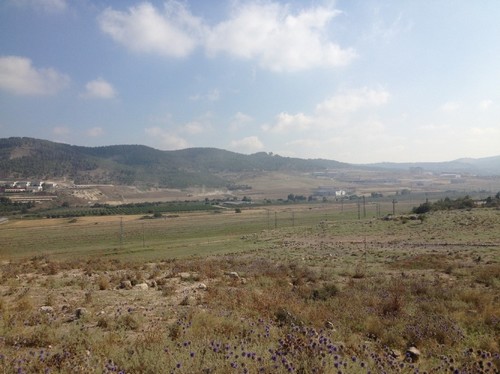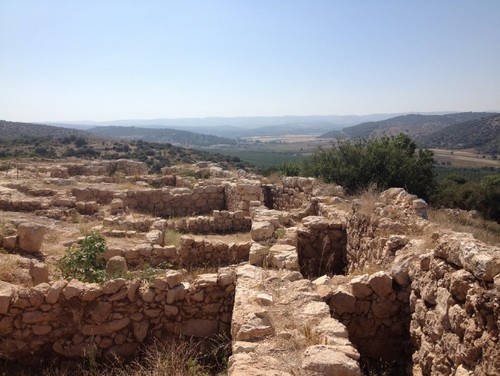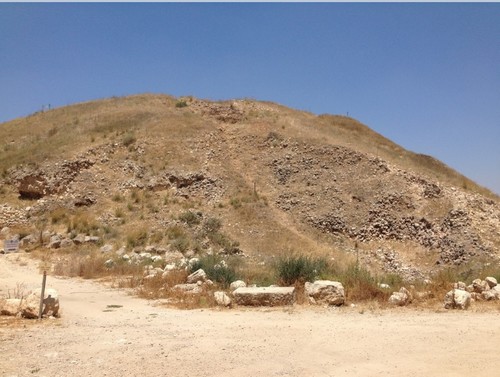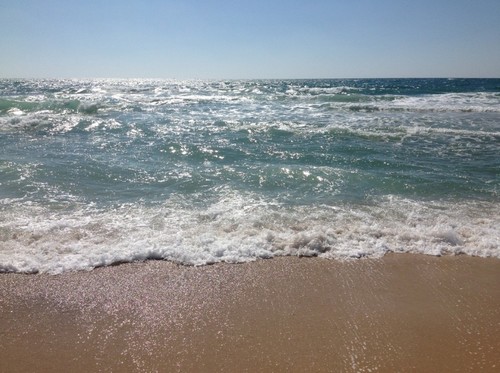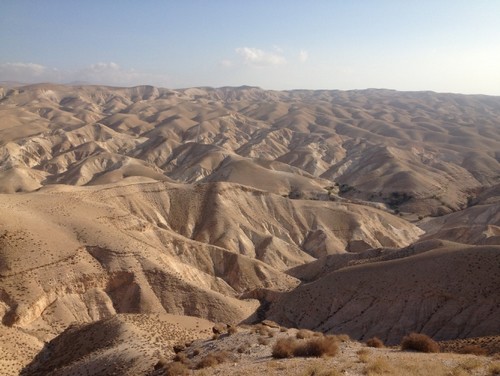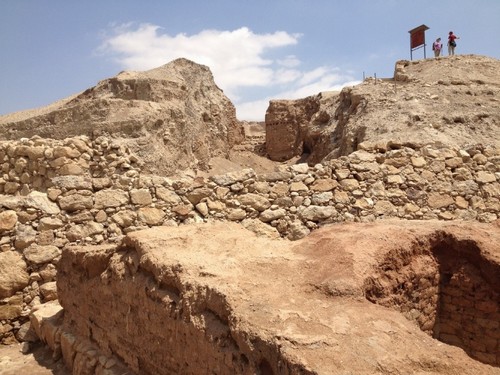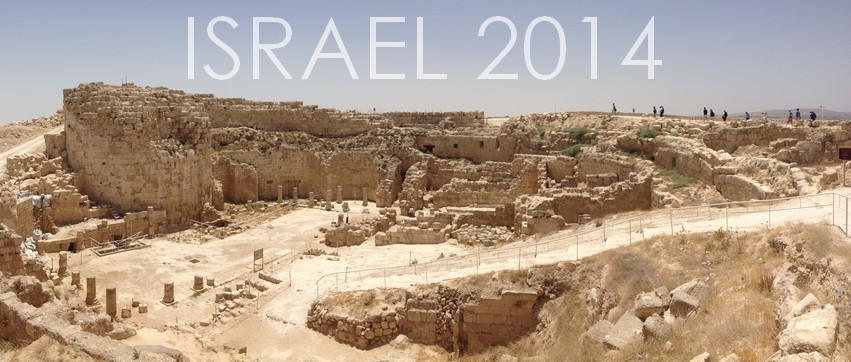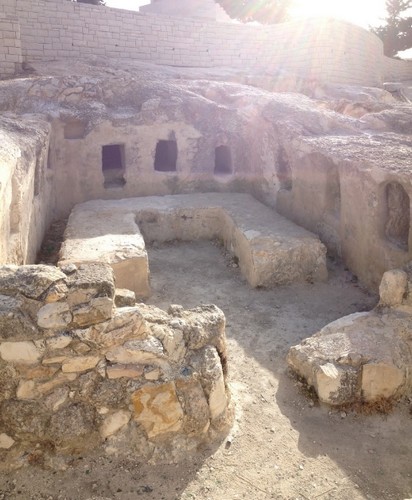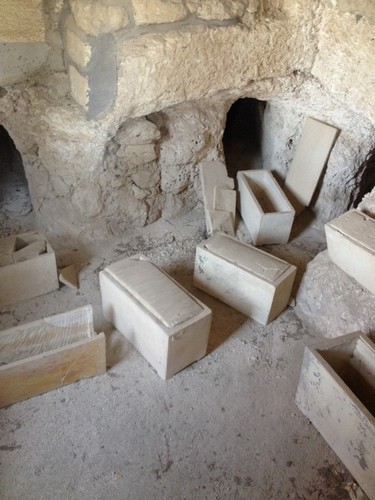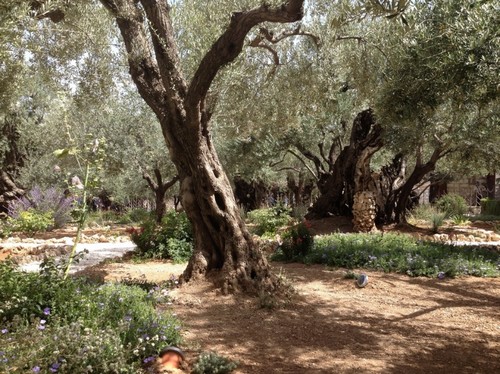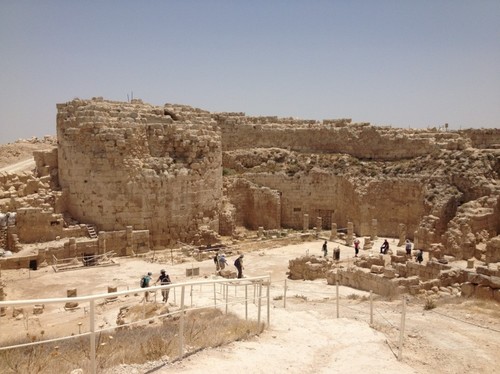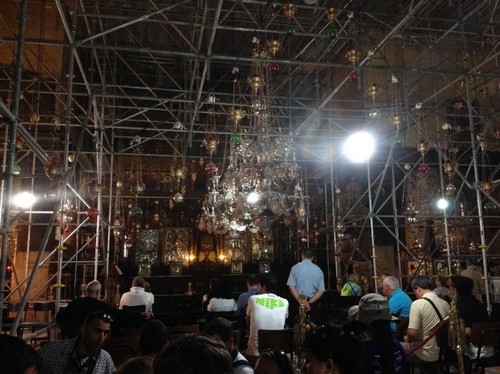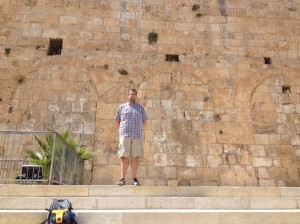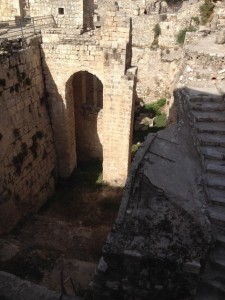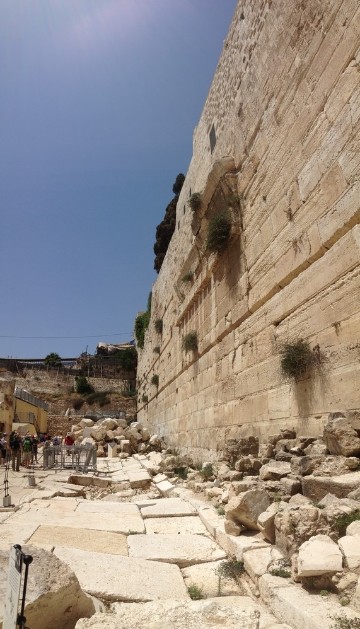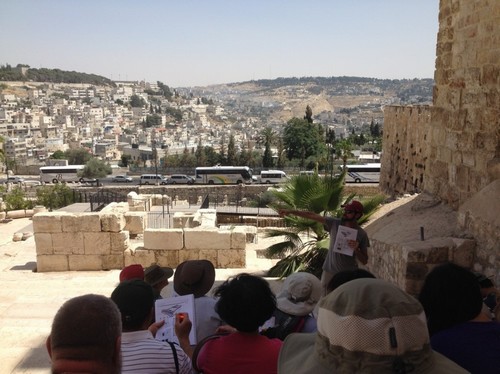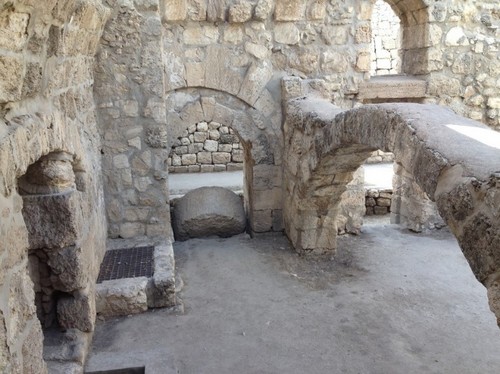
Today we explored the biblical Negev and the greater Negev, discussing topics such as prescribed versus practical religion; Abraham’s way of life; and the the influence the Nabateans had over trade in the south.
Our first stop was Tel Arad, the site of the biblical city of Arad. We learned of its strategic position tucked away under the southernmost portion of the Judean hills, overlooking the spice route. It also lies on what our instructor called an Eocene ‘hiccup’ in the Senonian rock that surrounds it, producing natural cisterns in an otherwise barren area. A discussion with my parents back home the other day helped put Arad’s annual rainfall into perspective – Omaha has seen a lot of rainfall lately, and apparently, they had 7 inches of rain the other night. Come to find out, that’s about how much rain Arad receives in a year!
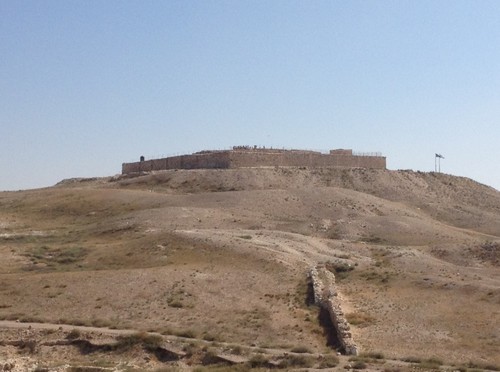
I found the presence of a temple to Yahweh at Tel Arad, complete with an altar and a Holy of Holies, to be quite intriguing. Since Arad was located so far away from Jerusalem, the temple may have functioned like customs, announcing to visitors that they were entering the land of Yahweh. Although scripture is clear that there should only be one House of God, the existence of this temple demonstrates that the state was sanctioning dubious activities like this at the time. What’s more, the Holy of Holies contained multiple incense altars and standing stones, which suggests that they were using the temple to worship not only Yahweh, but other gods (e.g. Asherah). Archaeology shows, however, that by the time of Hezekiah’s reign the temple had been scaled back, and it was finally put out of commission entirely once Josiah assumed the throne.
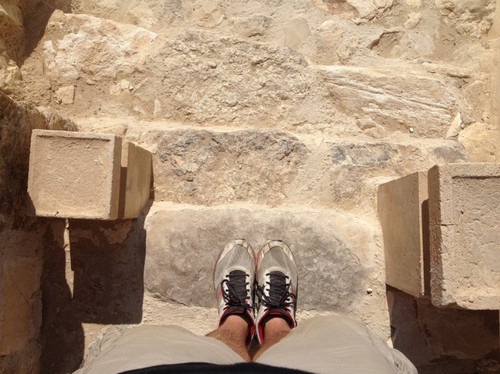
As we walked throughout the site, I had a discussion with a classmate about parallels between practical religion in the time of Judah and our worship of God today. It’s clear that everyone has their own ‘little gods’ that they worship on the side, be it a sports team or a personality or a product, yet I’m still mulling over the possibility that our churches could be sanctioning this type of behavior. It’s easy to point a finger at televangelists or churches that hock the ‘health and wealth’ gospel, but I wonder if those of us in churches who love God and have relatively solid theology have any blind spots. As a pastor myself, I want to remain faithful to God and make sure that I’m not unintentionally misleading the congregation I’ve been called to serve!
The next site we visited was Tel Beer Sheva, the site where Abraham and Abimelech swore an oath in Genesis 21. Here, we learned about how Beersheba’s location along the Spice Route and the Watershed Ridge Route would have been extremely advantageous for Abraham as he lived, worked, and traded in the area.

Our next stop was in one of Israel’s national parks for a wilderness hike to ‘experience the Bible in our legs and in our lungs,’ as our instructor says. We started at the bottom of a crevasse and hiked all the way to the top. It was hard work, but so worth it for the view at the end! An opportunistic ice cream salesman had set up shop at the end of the hike, too. He received a lot of business from us that day 🙂
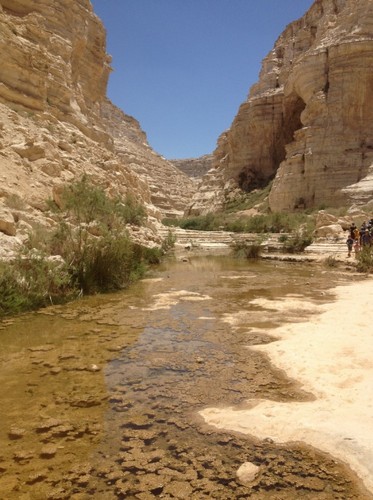
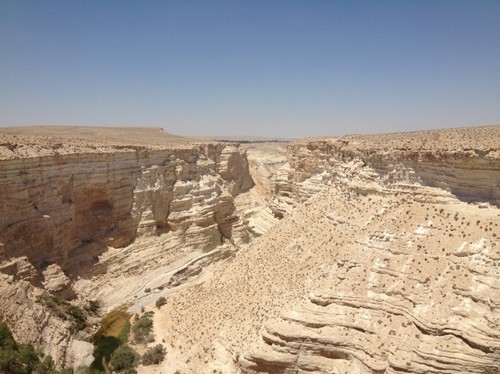
We then traveled to Avdat, a site once inhabited by the Nabateans. The Nabateans were known for trading items like frankincense and myrrh, leading some early church fathers to believe that the Wise Men at Jesus’ birth were of the same people. The Nabateans had come from beyond Edom in Arabia to settle in Avdat and various other places in the area to control trade. They went as far as damming wadis to divert water resources to the places they had settled, forcing travelers to come to them. History suggests that the Nabateans eventually converted to Christianity, which makes the Wise Men connection that much more poetic.
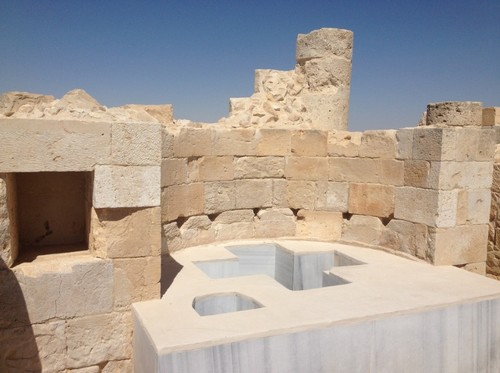
Lastly, we visited Makhtesh Ramon and peered over its cliffs. This stop marked the halfway point in our studies, so our instructor gave us some time to sit alone with God and reflect on our journey thus far.
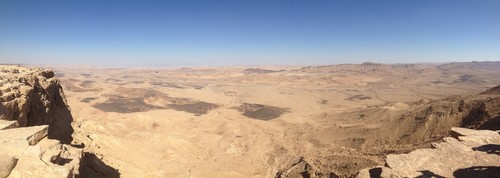
The sight was beautiful, and the time spent in prayer was much appreciated. At this rate, I’m going to be bushed by the end of this trip – but so far it’s been worth every drop of sweat!

